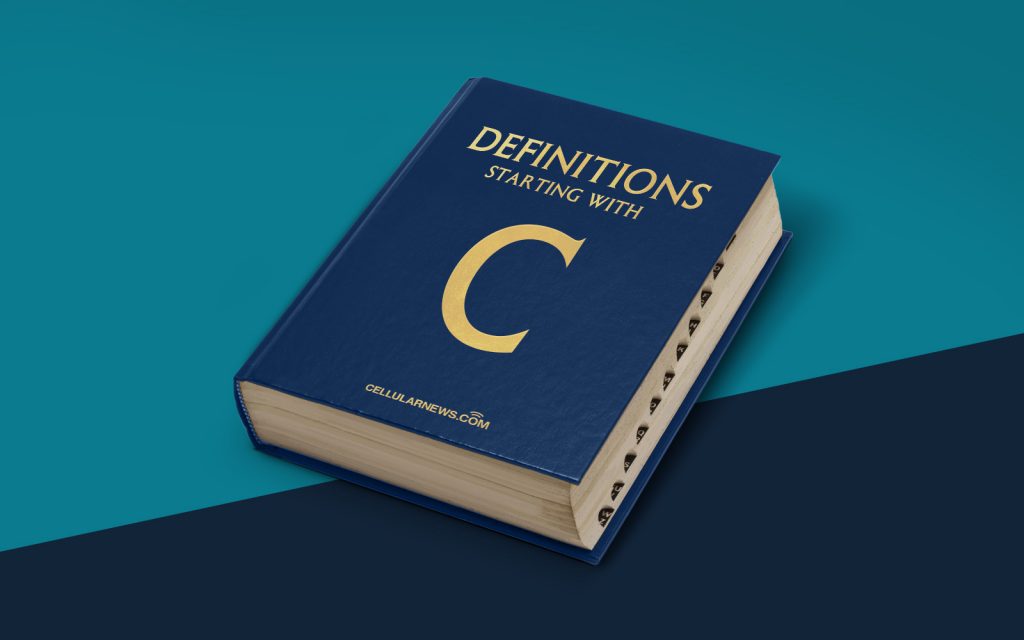
What is a Chamfer? A Complete Definition and Explanation
Hello there, and welcome to another exciting blog post from our “DEFINITIONS” category! Today, we are going to dive deep into the world of design and engineering and explore the concept of chamfer.
If you’ve ever wondered what a chamfer is and its importance in various industries, you’ve come to the right place. In this post, we’ll define chamfer, explain its purpose, and discuss its applications in different fields. So, let’s get started!
Key Takeaways:
- A chamfer is a beveled edge or angle that is created by removing a portion of material from the corner of an object.
- Chamfers are typically used to improve the aesthetic appearance, safety, and functionality of an object.
What is a Chamfer?
A chamfer can be best described as a beveled edge or angle that is created by removing a portion of material from the corner of an object. The resulting surface is flat and angled, rather than sharp and perpendicular. Chamfers are commonly used in design and engineering to improve the overall appearance, safety, and functionality of a wide range of objects.
Chamfers can be found in everyday items like furniture, household appliances, and even architecture. They can also be seen in industrial components, automotive parts, and electronic devices. This versatile design feature serves several purposes, including:
- Improved Aesthetics: By adding a chamfer to a sharp corner, it eliminates the harshness and adds a visually appealing, smooth transition.
- Enhanced Safety: Chamfers help prevent accidental cuts and injuries caused by sharp edges as they remove the sharp point, reducing the risk of accidents.
- Easy Assembly: When two components with chamfered edges come together, they create a chamfered joint, which enables easier alignment and assembly of the parts.
- Stress Distribution: Chamfers can be strategically incorporated into an object to distribute stress more evenly, thereby improving its overall strength and durability.
- Reduced Friction: In certain applications, chamfers are used to reduce friction between parts, allowing for smoother operation.
Chamfers can be created using various techniques, such as milling, filing, grinding, or even hand tools, depending on the material and precision required. The width, angle, and length of a chamfer can also vary depending on the specific application and design requirements.
In conclusion, a chamfer is a beveled edge or angle that enhances the appearance, safety, and functionality of an object. Whether it’s for aesthetic appeal, safety considerations, or ease of assembly, chamfers have become an integral part of design and engineering across various industries.
Next time you come across a piece of furniture, a kitchen appliance, or any product with a smooth, angled corner, you’ll now know that it’s the result of a cleverly incorporated chamfer. Embrace the beauty and practicality of chamfers, and keep exploring the fascinating world of design!
